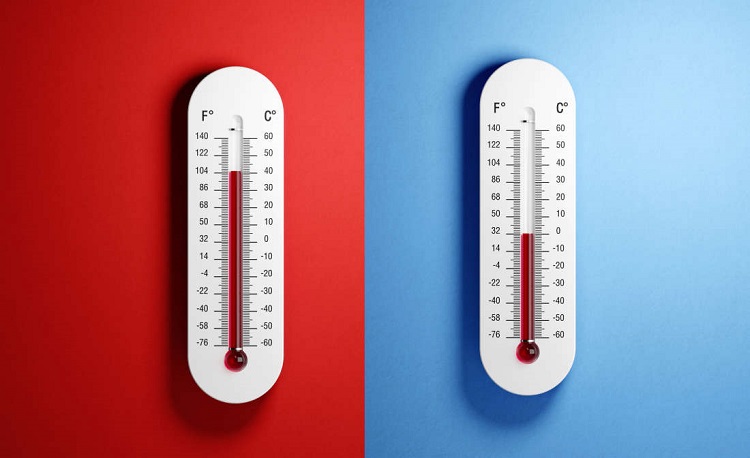

SEARCH
A warm and sleepy meeting, a stuffy classroom, a cold office space, a cold waiting area, or just one room in your home never seems to feel "warm enough." We all know the importance of thermal comfort.
We all understand its impact, especially after a year in which we spend more time indoors than ever before. Our bodies are very sensitive to changes in temperature. If the weather is too cold, the lack of thermal comfort can make us feel stressed, annoyed and distracted; If it's too hot, we feel sleepy, tired and unfocused.

When we feel uncomfortable, our mood gets worse. Thermal comfort therefore affects our health, productivity and ability to think clearly. What's more, indoor environments that are too cold or too hot are unhealthy, especially for the elderly, the sick, or those who are vulnerable during intense heat waves or harsh winters.
Can buildings with greater thermal comfort reduce hospital admissions, sick leave and absenteeism? Improve academic performance? Prevent accidents or increase your company's productivity?
We already know the answer. When we feel comfortable, we work better, learn better, perform better and feel healthier.
In short, thermal comfort is the state in which a person does not feel too hot or too cold. Of course, feeling too hot or too hot is very subjective. When it comes to thermal comfort, you can't please all the people all the time. This is why an internationally recognized "comfort average" known as the Predicted Average Vote (PMV) has been developed.
Thermal comfort is not just about temperature. Its effects are mainly influenced by six major factors: our metabolic rate (if we are very active or sitting in one place all day), the clothes we wear, the ambient (air) temperature, how fast the air is moving, air humidity, radiation temperature, etc
Radiant temperature - the temperature of surfaces such as walls or Windows and heat sources such as the sun or radiators - has a significant impact on comfort. For example, we may feel heat from a radiator on one side of our body, while the other side may feel cool if facing a cold window. This is why radiators are installed near Windows to increase the radiant temperature. If you turn off this radiator, even though the temperature is still the same, you will soon feel uncomfortable if you are near this cold window.
The best long-term solution to ensure overall thermal comfort is insulation. Insulation improves the ambient temperature and the radiant temperature of surfaces such as exterior walls, floors and ceilings.
Insulation blocks the path of heat. In winter, insulated houses enjoy good thermal comfort due to improved insulation and increased wall and ceiling surface temperatures. In the summer, it blocks outside heat and keeps the interior cool.
Proper insulation of walls, ceilings and floors directly affects the rate of change in ambient temperature within the building envelope. Without insulation, people tend to turn on their heating or air conditioning to compensate for temperature changes, which is wasteful, increases energy bills and negatively impacts the environment.
To maximize insulation, a good air seal is also crucial, which means "fixing holes in the building," such as uninsulated attic joints or gaps around Windows, where air conditioning can leak.
It is also important to use solutions that both keep the building airtight and allow excess moisture such as bathrooms to escape. A well-ventilated bathroom fan will help avoid any risk of condensation.
Thermal comfort plays an important role in the way we experience our lives and workplaces. Comfortable building occupants are happy, healthy and productive. Fiberglass insulation combined with an air seal can help make your living and working Spaces more comfortable and energy efficient year-round.